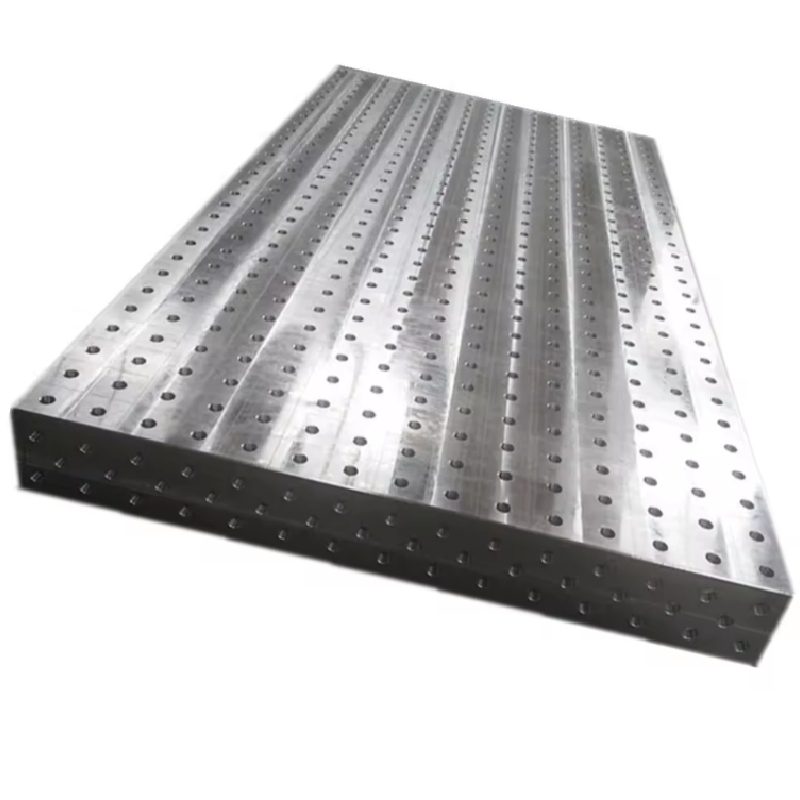ธ.ค. . 05, 2024 04:11 Back to list
Precision Measurement Tool for Internal Diameter Taper Assessment and Calibration Techniques
Understanding Internal Taper Gauges A Comprehensive Overview
In the realm of precision measurement tools, the internal taper gauge stands out as an essential instrument for assessing the internal diameters of tapered holes, tubes, and various other components. This specialized gauge not only ensures the accuracy of production processes but also maintains the quality and reliability of finished products in industries like manufacturing, automotive, and aerospace.
What is an Internal Taper Gauge?
An internal taper gauge is a measuring device specifically designed to measure the internal dimensions of tapered openings. It typically consists of a tapered rod with calibrated markings and an adjustable mechanism that enables the user to accurately assess the diameter at different points along the taper. The primary design of this gauge allows it to fit various internal shapes, providing versatility in measurement.
Applications of Internal Taper Gauges
These gauges are commonly used in scenarios where precision is crucial. For example, in the automotive industry, internal taper gauges are critical for measuring components such as fuel injectors, exhaust pipes, and various fittings. In aerospace, these gauges ensure that components like turbine casings and fuel systems comply with stringent specifications. Such precision is necessary not only for proper fit but also for the overall safety and performance of the systems involved.
How to Use an Internal Taper Gauge
Using an internal taper gauge requires a careful procedure to ensure accurate results
. Here are the basic steps involved1. Preparation Before using the gauge, ensure it is calibrated and clean. Any debris or corrosion can affect measurement accuracy. 2. Insertion Carefully insert the tapered end of the gauge into the opening you wish to measure. It should fit snugly but not forcefully.
3. Adjustment Adjust the gauge to make contact with the internal surface of the taper. The gauge should be rotated gently to secure a proper fit against the interior walls.
internal taper gauge

4. Reading Measurements Once adjusted, read the measurement from the calibrated markings. Depending on the design, some gauges may offer digital readouts, while others rely on manual markings.
5. Recording Document the measurement for future reference or quality control purposes.
Advantages of Using Internal Taper Gauges
The use of internal taper gauges offers several benefits
- Precision These gauges allow for high accuracy in measurement, which is crucial in ensuring parts fit together properly, thereby enhancing overall functionality.
- Versatility Internal taper gauges can accommodate a variety of sizes and shapes, making them suitable for many applications across different industries.
- Durability Most internal taper gauges are made from robust materials, ensuring they can withstand frequent use while maintaining accuracy.
Conclusion
In summary, internal taper gauges play a pivotal role in the quality assurance processes of modern manufacturing and engineering practices. Their ability to provide accurate and precise measurements of internal tapered dimensions is invaluable in maintaining the integrity and functionality of critical components. As industries continue to evolve towards more complex designs and stringent quality demands, the importance of accurate measurement tools like the internal taper gauge will only increase. Investing in high-quality gauges and training personnel in their proper use can lead to significant improvements in product quality and operational efficiency.
-
thread-plug-gauge-our-promise-of-measurement-excellenceNewsAug.22,2025
-
gauge-pin-class-reflecting-quality-legacyNewsAug.22,2025
-
check-valve-types-for-high-rise-buildingsNewsAug.22,2025
-
water-control-valve-for-irrigation-systemsNewsAug.22,2025
-
gate-valve-with-soft-seal-technologyNewsAug.22,2025
-
y-type-strainer-for-oil-and-gas-applicationsNewsAug.22,2025
Related PRODUCTS









